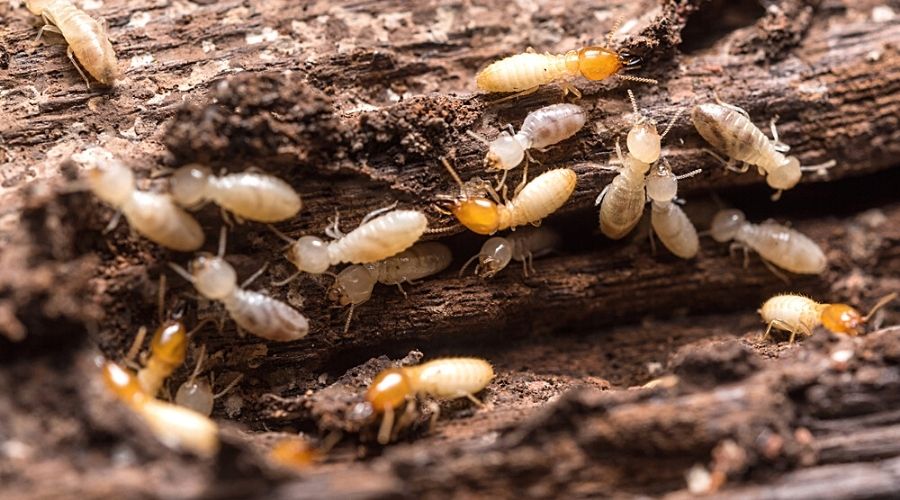Termites work quietly, causing damage that we may not notice for months or years. By the time we find that damage, it’s catastrophic. They cause more than $5 billion in property damage and termite treatment each year.
People often get rid of them by tenting their homes, which involves erecting a tent around the entire house. Then, professionals pump in gas to fumigate the entire building. Because the substance that kills the drywood termites is gas, it kills termites anywhere in your home with ease.
But tenting has drawbacks, too. It’s not preventative, so once you’ve eliminated your termite infestation, there’s nothing to prevent future infestations.
There are options for ending a home’s termite issues besides tenting, which we explore below.
Termites 101: Profile and Identification
When you see a termite, you might easily misidentify it because it looks pretty similar to a winged ant. However, while ants have two front wings that are longer than their two back wings, a termite has four wings of the same length. Also, the termite has antennae that point straight ahead. The ant’s antennae angle out to the side.
Termites are usually less than 1/2” long and can have bodies ranging from white to a light brown shade. Their diet consists of plant cellulose.
There are three main types of termites, each with a unique brand of damage it can cause to homes:
- Drywood Termites: These prefer eating dry wood. It may not be rotting, desiccated wood, but it’s dry, so it attracts them since they prefer wood with less than 12% moisture content. You want to be aware of drywood termites since they can cause structural damage to the home.
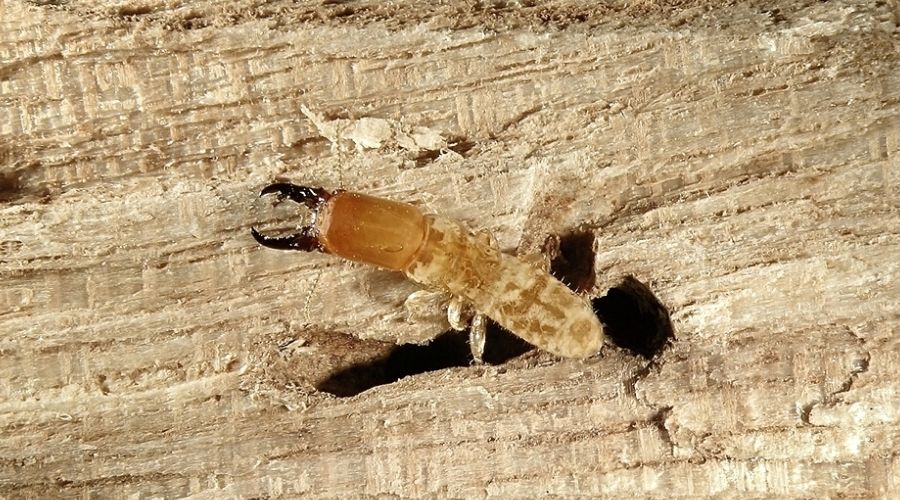
- Dampwood Termites: This species prefers wood with lots of moisture. Often, they indicate wood damage from leaking pipes or other water sources.
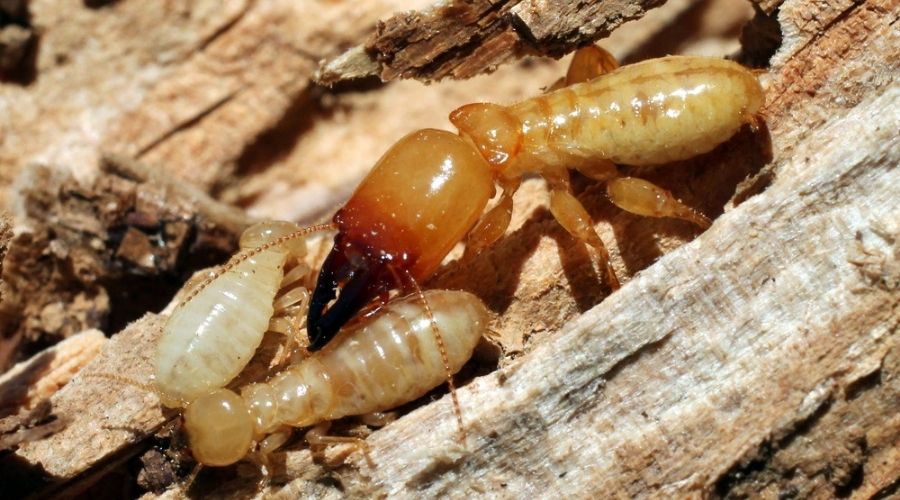
- Subterranean Termites: These are the ones who build mud tubes so they can move back and forth from your home to their colony. Because they hide in these tubes, there’s even less of a chance of seeing them before they’ve damaged your home.
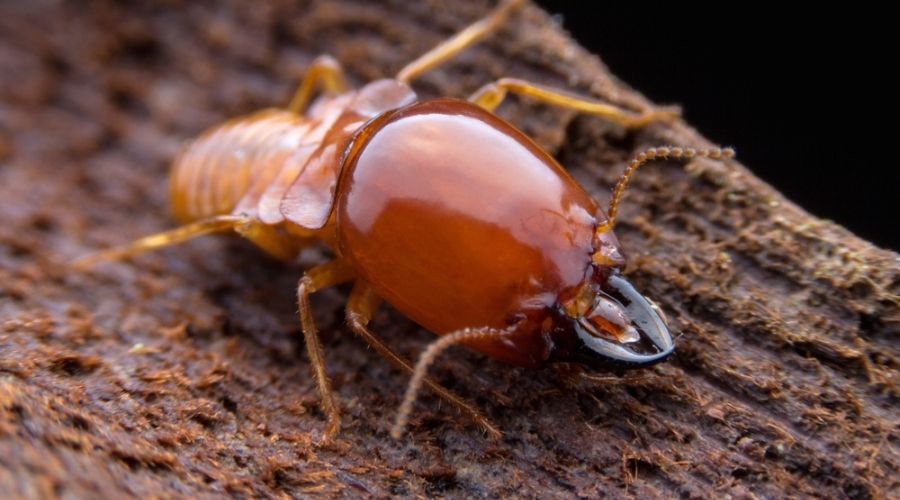
Two Termite Developmental Stages to Watch Out For
Adult termites fall into a specific caste governing their function within the termite colony.
Workers are blind and sterile, but they do most of the work for the colony. They build the colony, forage for food outside, and feed other termites that can’t feed themselves. They’re paler than other termites, and you can often find them in large numbers around their food sources.
Swarmers are reproductive termites that are active in the spring. They have wings, which allows them to swarm. Swarmers can also see. They are usually darker than other termites, being red or brown. They include kings and queens, with a queen growing to become four or more inches long.
Signs of a Termite Infestation
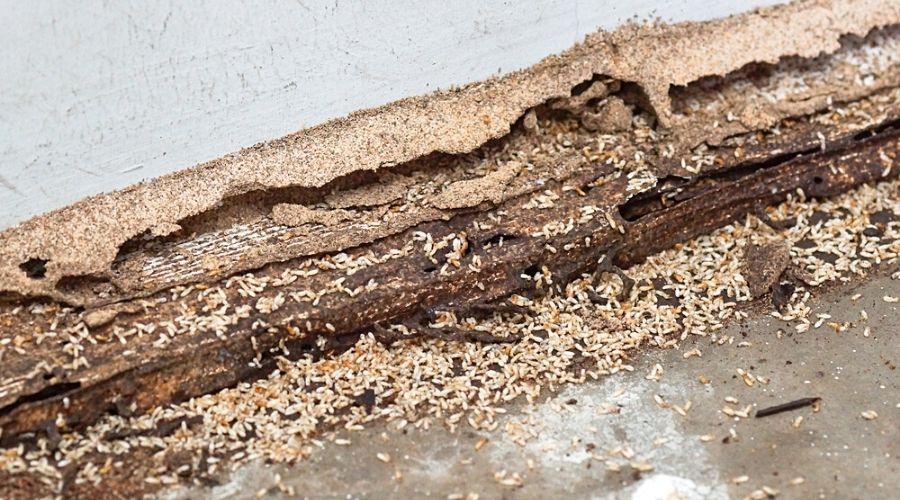
Sadly, you probably won’t know you’ve got a termite problem until things have gotten pretty bad. However, if you’re vigilant, you might be able to discover signs of a termite infestation early on.
If you notice floorboards squeaking where they haven’t before, that may indicate termite damage. That damage can also cause your floor tiles to come loose, your laminate flooring to buckle, or paint to peel off, which resembles water damage. Also, pinpoint holes in drywall and wood indicate termite damage.
Termite mounds can look enormous, but even a small mound near your house can spell trouble. Also, be on the lookout for mud tubes that the subterranean termites build.
Termite droppings (also called pellets or frass) look like piles of dirty sawdust. Finding dirty sawdust in an area where you haven’t been sawing means there’s a good chance you have a colony nearby.
If you see termite swarmers—the ones with wings—you may have an infestation, or at least have one nearby. They usually swarm, shed their wings, and lay eggs to form new colonies in the spring. They sometimes get confused with flying ants, which have odd-sized, brown wings. Termites, on the other hand, have clear, uniform wings.
Even though subterranean termites do the most damage, you have to take care of them no matter the species. If you see any indicators of infestation, contact us as soon as possible to reduce further damage.
Ways to Get Rid of Termites Without Tenting
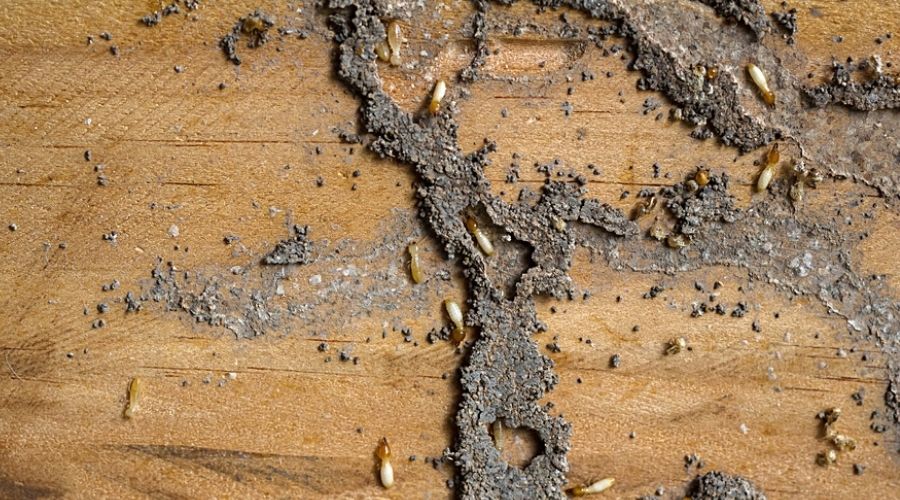
Several methods exist for eliminating a termite infestation, and not all of them include covering your entire home with a tent.
Boric Acid Treatment
Using boric acid is an excellent DIY method to get rid of termites and involves applying boric acid to the termites’ location. It’s effective as you inject the boric acid into the wood, and provided you find the termites’ spot, you’ll get them all. Unfortunately, you won’t get them all on the first try, so understand this is a multi-step process.
Boric acid is, in fact, acid, so use caution when handling it. Borax can be quite toxic, so you don’t want to inhale or ingest it, and contact with skin can cause severe irritation.
Heat Treatment
Heat treatment relies on heating the air inside your home high enough and long enough to kill the termites. Excessive heat might damage your home, so this is not necessarily the perfect alternative to tenting. It works best when the termites are isolated to a small area.
Liquid Nitrogen Treatment
Injecting liquid nitrogen is another alternative to tenting. It does the same thing as heat treatment, only at the other end of the thermometer. Since liquid nitrogen’s boiling point is -320°F when it’s liquid, it’s even colder than that. It can, therefore, be a dangerous substance, as flash freezing of the skin does real damage.
Like heat treatment, liquid nitrogen treatment allows you to treat termites without tenting your entire home. Since you can’t buy large amounts of liquid nitrogen, professionals should handle this treatment.
Orange Oil Treatment
Orange oil contains D-limonene, which makes the classic orange smell. The D-limonene is also toxic to termites and other insects. You have to know exactly where the termites are, then inject the oil into the wood. When looking for the orange oil for you, look for high D-limonene content.
Use caution when working with citric acid. Contact with skin can cause irritation and burns.
Spot Wood Treatment
Except for heat treatment, all the treatments listed above are spot wood treatments. They each involve finding the termites and applying the solution of your choice to that area. If you have a full-on termite infestation, this may not be practical. You probably won’t be able to find every single spot termites have gotten to.
Termite Tenting FAQs
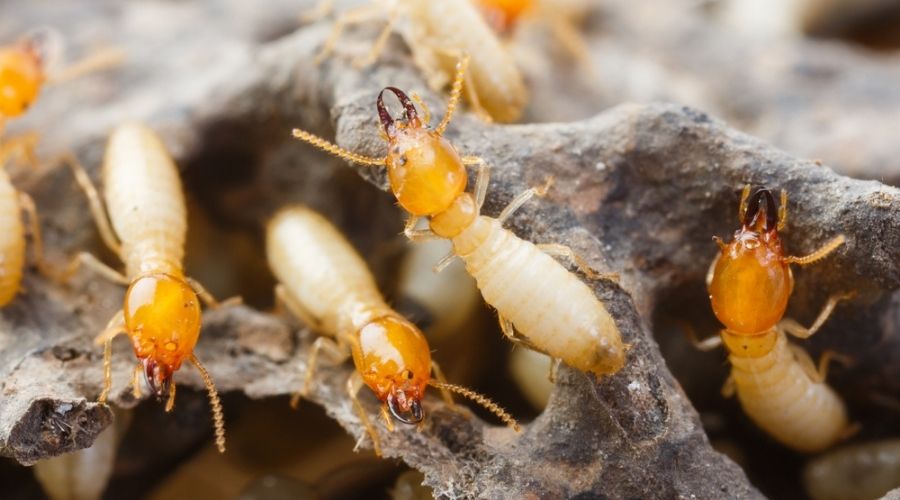
Tenting is a popular solution but not one you should approach cavalierly.
What are the pros and cons of tenting for termites?
Tenting can be pretty effective. The gas used is lighter than air, so it won’t miss the termites in the attic. Also, since it’s gas, it will get down in the floorboards, into the walls, and everywhere else.
However, you can’t be in your home for several days. You also can’t have anything living in your home during the process, including plants and animals. You’ll also have to remove any food products. Often, you’ll need to deep clean once you come back.
How much does a termite treatment cost?
You’ll usually pay between $1 and $1 per square foot for tenting. The average cost of termite treatments generally is a little more than $500.
Can you get rid of termites without tenting?
Yes. As we’ve discussed, there are several alternatives such as chemicals, heat, or natural substances like orange oil.
How do you prevent a termite infestation?
Ensure that any wood structures on your home don’t come in direct contact with the ground, and avoid water build-up near your home’s foundation. If they’ve got a water source, termites will be more likely to choose your home as their home.
Also, go watch how much mulch you use, especially right next to your home. Mulch holds moisture in your garden via organic material—two things termites love.
When to Call the Professionals

Sadly, once you’ve noticed signs of a termite infestation, you’ve most likely already got a colony. Even if you’re planning on a DIY solution, you should still have a professional evaluate the extent of your termite problem. With the spot treatments, if you miss an area, your termite problem will inevitably return. Additionally, hiring a licensed professional is also critical for home insurance.
If your infestation is bad enough, you very well may need to choose the tenting option to solve your problem. At Romney Pest Control, we have a variety of termite treatments available and often do not have to tent to eliminate the problem.
Conclusion
Do the best you can to discourage termites from showing up to your home in the first place. After that, schedule regular termite inspections. A professional will discover signs of termite problems long before you will. Catching termites early on is much better than catching them because you notice damages.
When treating termites, know your options and the efficacy of each concerning your specific termite situation. When the treatment is done, keep up with inspections and treatments so you won’t have to deal with termites again. For termite treatments in Houston, San Antonio, Austin, & Dallas/Fort Worth areas, contact Romney Pest Control today!

